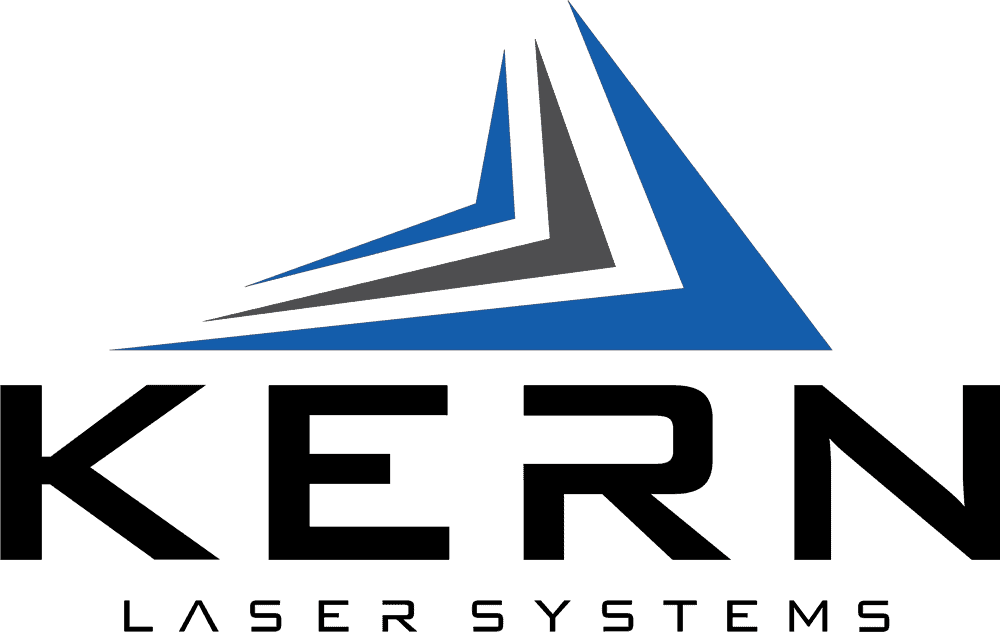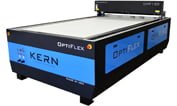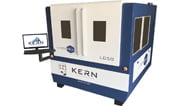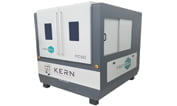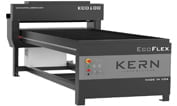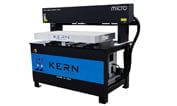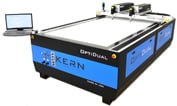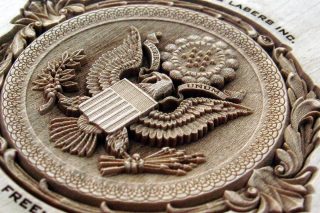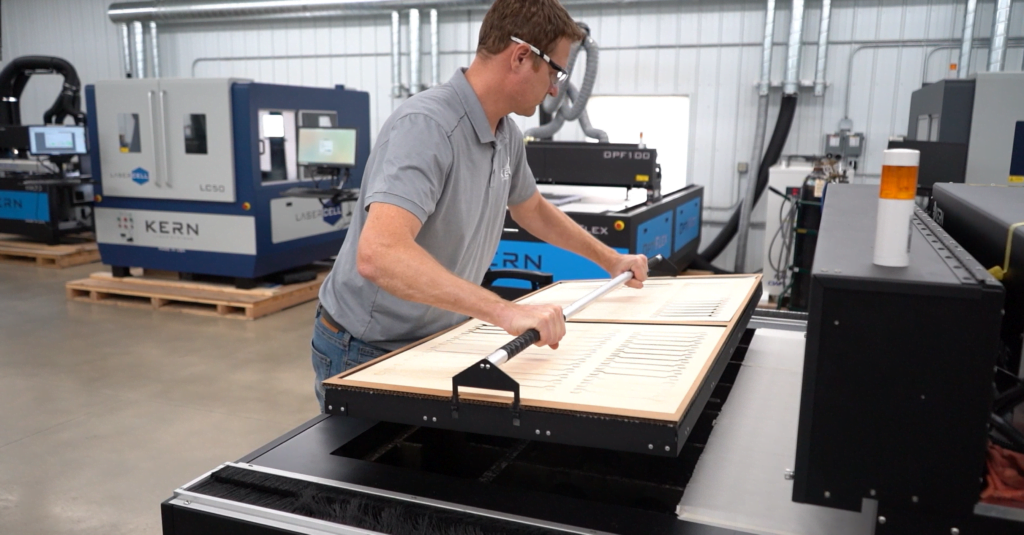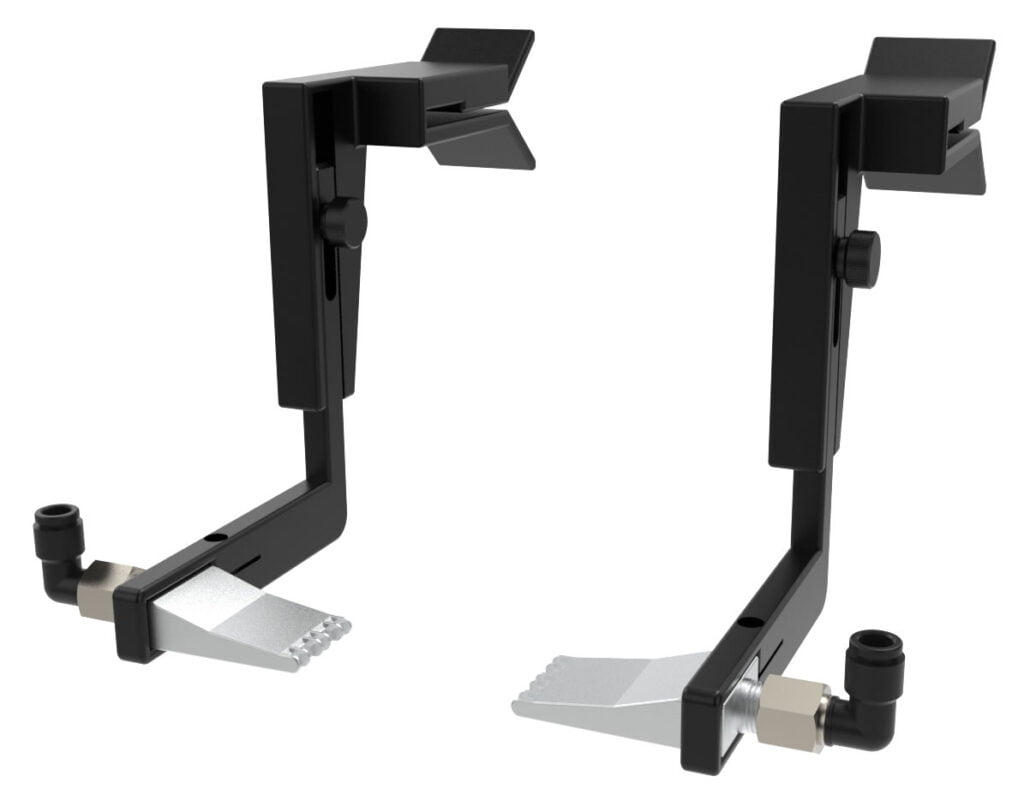An important part of any laser system that often gets overlooked is the vacuum blower system. An adequate vacuum system is essential to remove the fumes and small debris that are created during the laser cutting and engraving process. This blog will highlight Kern’s complete blower system, optional upgrades and dives into tips and tricks for more efficient fume removal.
 Vacuum blowers are included as a standard feature across the entire Kern laser system lineup. A blower consists of a metal propeller and electric motor which moves large volumes of air out of the equipment. Typically, machines are equipped with two blowers, one for the top vacuum and one for the bottom vacuum. In some cases, such as a small format machine or the FiberCELL model a single blower can adequately service the entire package. The blowers are generally controlled from the front control panel, with the exception of our EcoFlex model.
Vacuum blowers are included as a standard feature across the entire Kern laser system lineup. A blower consists of a metal propeller and electric motor which moves large volumes of air out of the equipment. Typically, machines are equipped with two blowers, one for the top vacuum and one for the bottom vacuum. In some cases, such as a small format machine or the FiberCELL model a single blower can adequately service the entire package. The blowers are generally controlled from the front control panel, with the exception of our EcoFlex model.
Kern’s CO2 laser machines feature a top (gantry) vacuum system and bottom (table). Both play important roles in making sure your product is processed properly and allow your working environment to be safe for those working on or around it.
TOP VACUUM
As materials are engraved, fumes and dust begin to form and must be removed by the top vacuum. The top vacuum consists of an L shape pan which pulls in fumes across the entire width of the working area. The fumes are then ducted into a flexible hose and can be blown to the outside of your building with the help of our standard blower setup. An alternative solution is to replace the standard blower with a fume extraction unit. This will clean the fumes and recycle them back in the room. More on fume extractors later in this article…
TIP 1: For those extra stinky/dusty applications a 360-degree vacuum shroud can be installed around the laser nozzle. This extra suction will help to further reduce fumes in the area around the equipment.
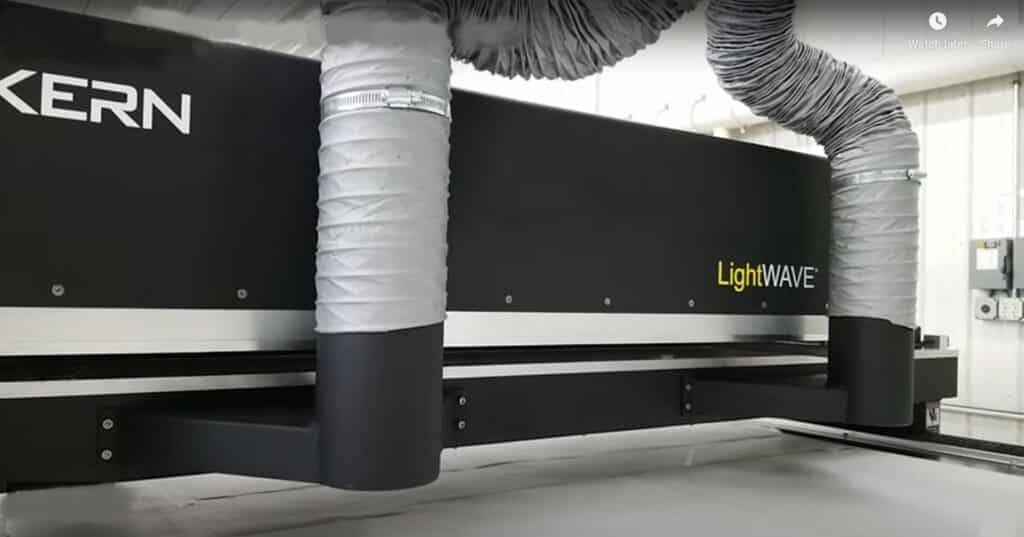
BOTTOM VACUUM
The bottom vacuum consists of a sealed table chamber with ducts on the bottom or rear. The ducts are connected to the vacuum system with spiral ducting and/or flexible hose. The table structure is then outfitted with a processing table made up of such layers as ecolite and honeycomb. These layers form the flat working area for your material to be placed on. The top side of the table is open and must be sealed for the vacuum system to work efficiently. Generally, your sheet of material and thin paper is used to seal the table. Once the table is sealed and the vacuum is turned ON your material is held down firmly to the processing bed during laser cutting and engraving.
DOWN DRAFT TABLE
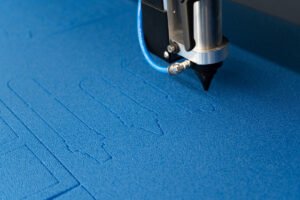
Kern’s unique table design also allows the blower system to act as a vacuum hold down table. This system will hold your sheets or material flat to the table while it is being processed. Tables that lack this feature will result in the material moving around during processing, which ultimately means inaccurate cuts and low-quality engravings.
TIP 2: When processing a material, whether it be engraving or cutting, small openings around the material can be created with a utility knife or the laser itself. These openings help draw in fumes that might be lingering around the table’s surface. If the open areas are not needed in the future, they can be sealed with tape and/or extra paper.
FLEXIBLE HOSING
Each laser system comes with a flexible ducting hose between the laser system and your blower or extraction unit. Kern uses two types of hose that differ in strength and flexibility.
The top vacuum system is connected to the moving gantry and a more flexible gray hose is used to reduce the stress on the moving gantry. The top vacuum generally is used to remove fumes only and it is seldom a molten particle would make its way into this system. Thus, a lower flammable rating is generally accepted for this area.
Our MICRO laser system also has a moving bottom table which is another good fit for the more flexible gray hose.
Our flagship OptiFlex model and other models with a fixed table are setup with black hose which is thicker and has a higher flame-resistant rating. The more durable hosing is a better choice here as small particles of molten material often make their way into the bottom table chamber during the cutting process. These small molten pieces can result in burn marks or holes in the hose without a proper flame-resistant rating.
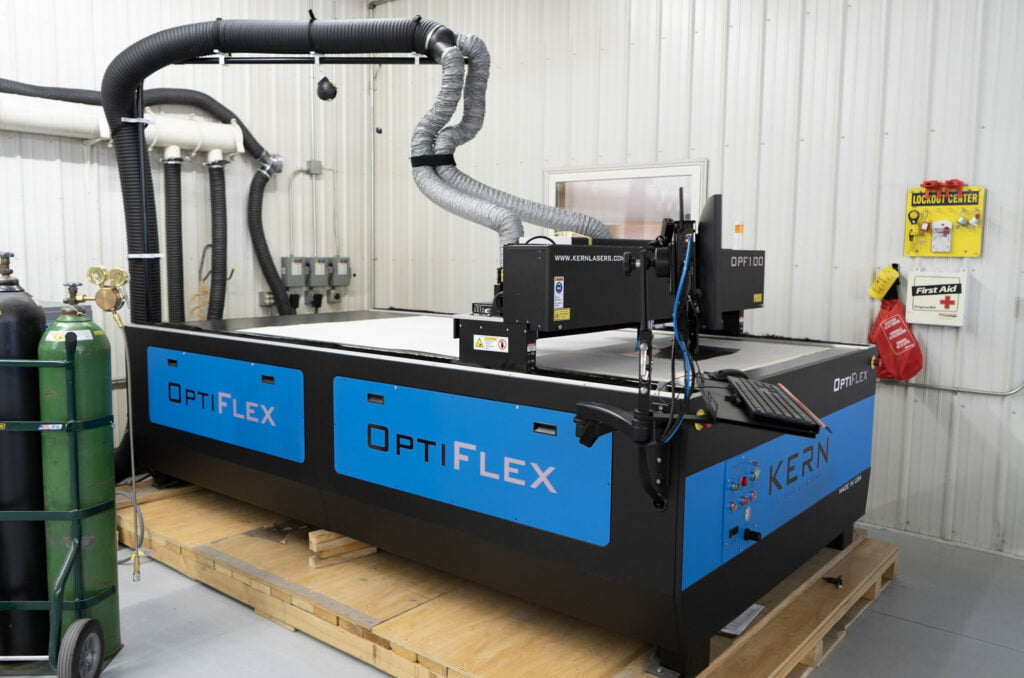
FUME EXTRACTORS
Every building configuration is different and many times a laser system is placed in an area that is impractical for ducting to the outside of the building. In these cases, a fume extraction unit can be used to replace the standard blowers that come with a laser system.
Fume extraction units consist of a sheet metal box with an integrated blower and a combination of different filter types. Common fume extraction units for laser processing will have a multi-layer filter system including a pre-filter, carbon filter and HEPA filter. The purpose of the filters is straightforward, they remove the bad particles and smell from the fumes. The filters are considered a consumable and will have to be replaced once they become saturated. Replacement filters are available on our LaserLocker.com website.
TIP 3: When choosing a Fume Extraction unit, I would highly recommend choosing a model that implements a washable metal weave pre-filter or low-cost replacement. The purpose of the pre-filter is to collect the largest particles, so they do not clog up your more expensive carbon and HEPA filters. Without a good washable pre-filter, you will spend more money than you need to on replacement filters. We recommend that you make it a standard maintenance routine to clean the pre-filter on a regular basis and you will greatly prolong the life of your more expensive carbon and HEPA filters.
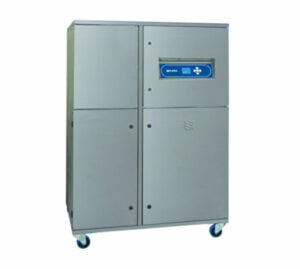
One final advantage of a fume extractor is that you are not losing your buildings cooled or heated air when the system is ON. The air is simply cleaned and then recycled back in the same room. There are definite cost savings that go along with this, especially in warm and cold weather locations.
Kern has teamed up with Purex to offer a complete lineup of fume extraction units which work great with our laser systems. The Purex 5000i HD model is our most popular selling model. For more information on Purex fume extractors, please read this blog post!
SPARK ARRESTOR
One reason Kern’s CO2 laser systems are so popular is their ability to cut both organics such as wood and plastic, and non-organics like metal. Whether you are using our standard blower system or a fume extractor, a spark arrestor should be considered if you plan on processing metal with your laser system.
A spark arrestor will greatly reduce the sparks that get pulled into the ducting system. A single spark can cause a lot of problems if it makes its way into the fabric filters of a fume extractor and starts a fire. The fast-flowing air of the extraction system will act as an accelerant and the unit could be completely ruined in a matter of seconds. Similarly, on our standard blower package the hot metal sparks can create holes in the flexible hosing that require replacement more often than needed.
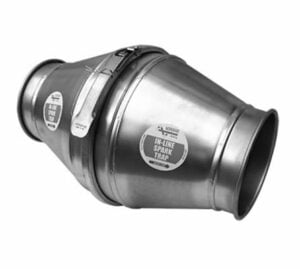 To put it simply, if you are cutting metal with your laser system, make sure you invest in a spark arrestor. It is a small investment in what could otherwise be an expensive repair or replacement.
To put it simply, if you are cutting metal with your laser system, make sure you invest in a spark arrestor. It is a small investment in what could otherwise be an expensive repair or replacement.
MAINTENANCE
Regular maintenance is required for your vacuum system but luckily it is very easy to perform and should not take a lot of time if done on a regular basis.
Common maintenance procedures, include replacing/washing filters, inspecting and replacing flexible hoses and keeping the table structure cleaned.
Most metal weave pre-filters can be washed with hot soapy water and placed back into the system when dry. It is recommended to keep a few spare pre-filters, so you don’t need to wait on the drying process to use the system.
Materials like foam and certain plastics can really stick to the inside of the flexible hoses and table structure. Make sure you clean these areas out very well especially if the residue left behind is flammable.
SAFETY AND CONCLUSION
Any material that you plan to process on the laser system should go through a formal safety review. Material providers and manufacturers are required to provide a SDS sheet upon request. The SDS will help determine any hazards that might be present after laser processing. Do your due diligence up front and ensure you are creating a safe working environment for those working on and around the laser system.
After reading this blog I hope you feel more knowledgeable about laser vacuum blower systems and realize that Kern’s design is well thought out and designed to keep you safe. If you have any questions about fume removal, as it pertains to the Kern laser equipment, please do not hesitate to contact us.
